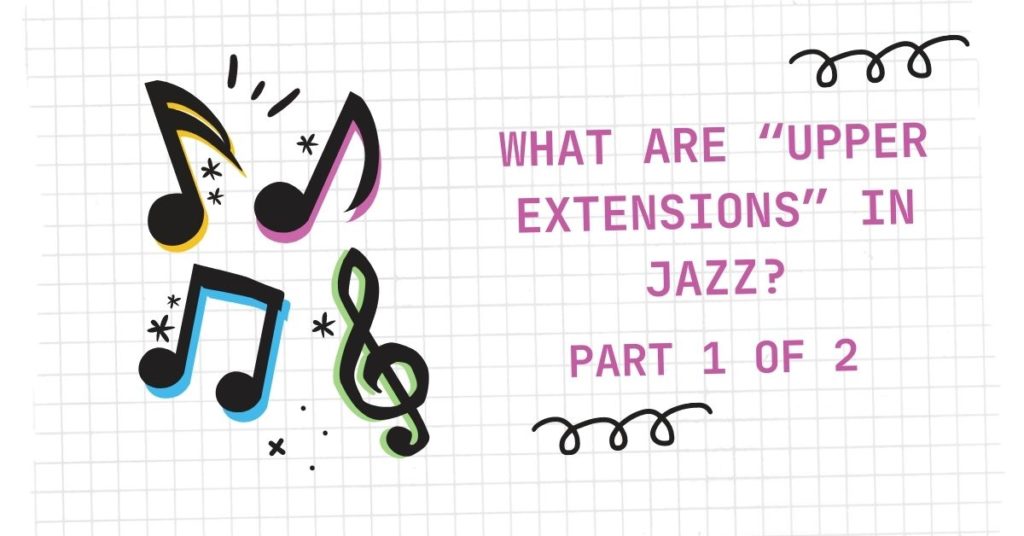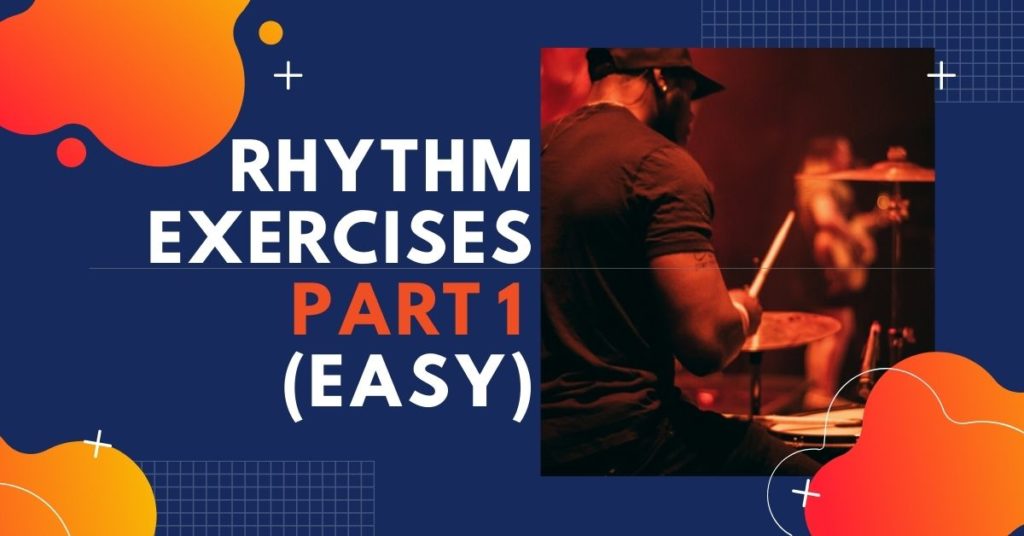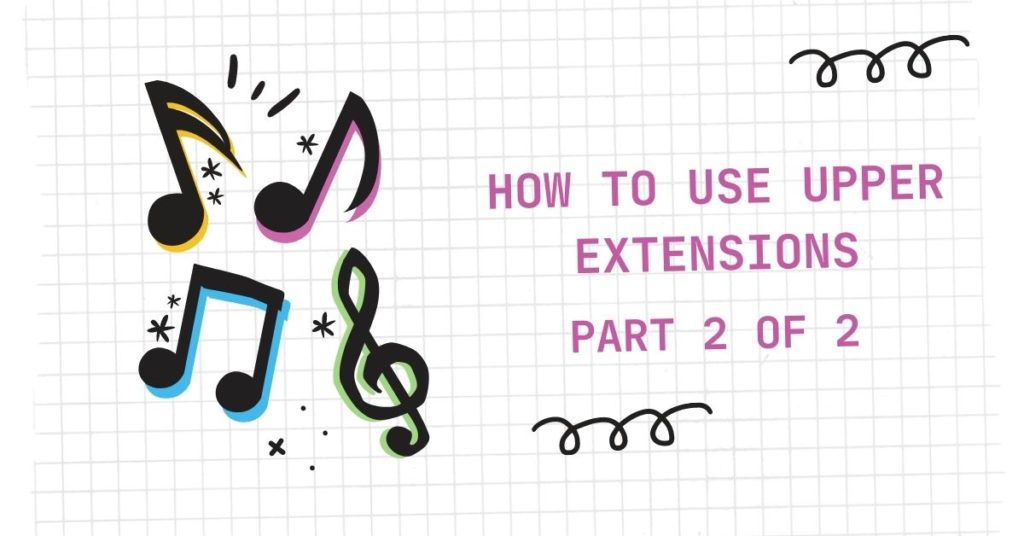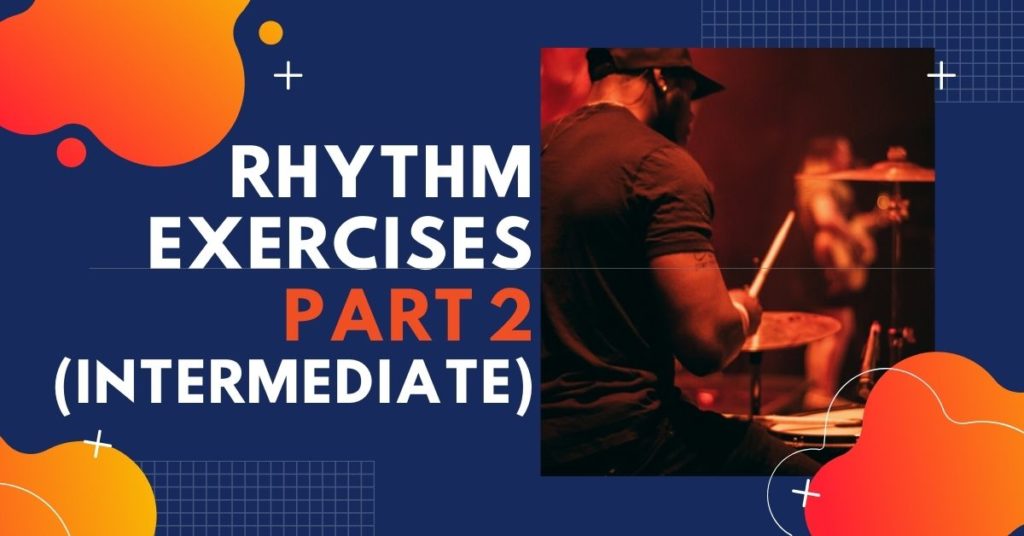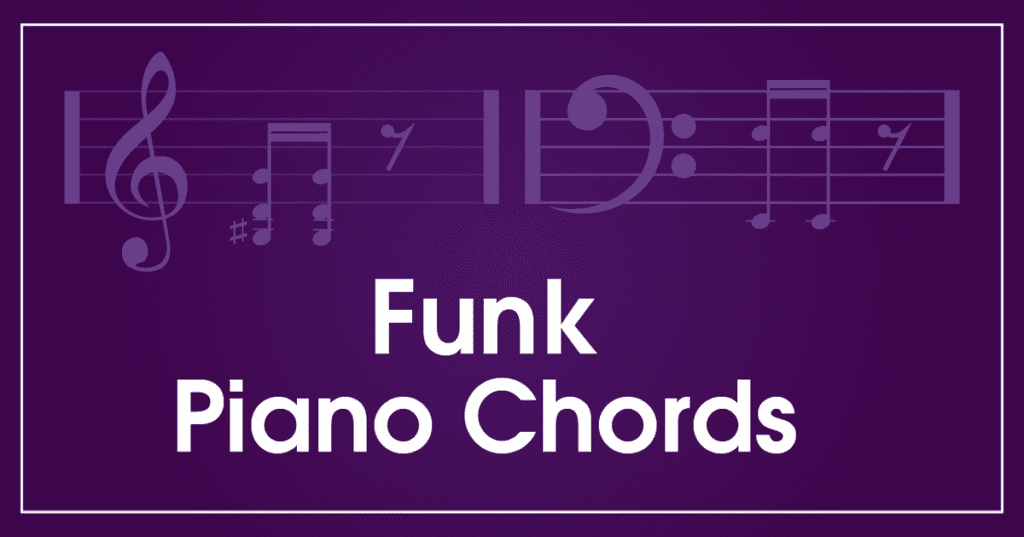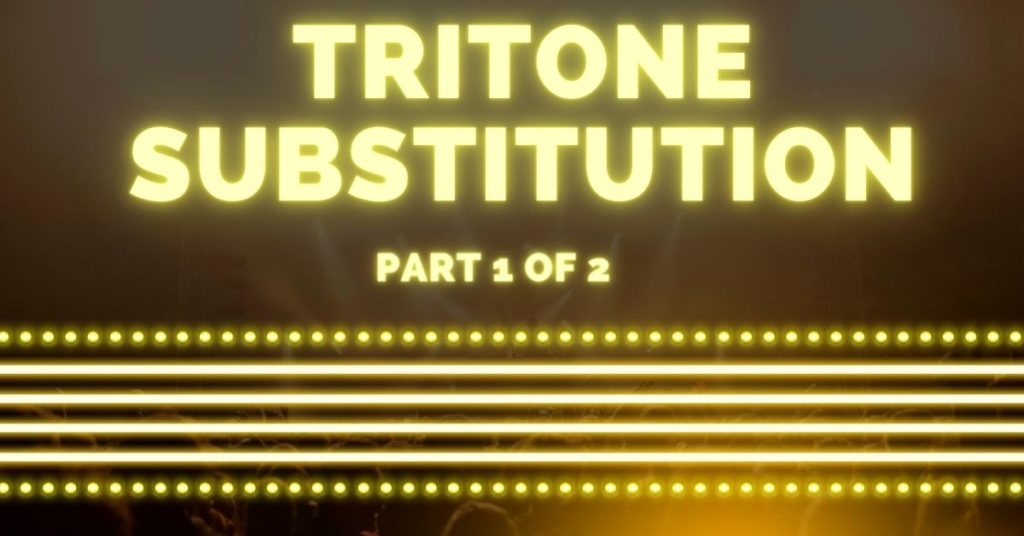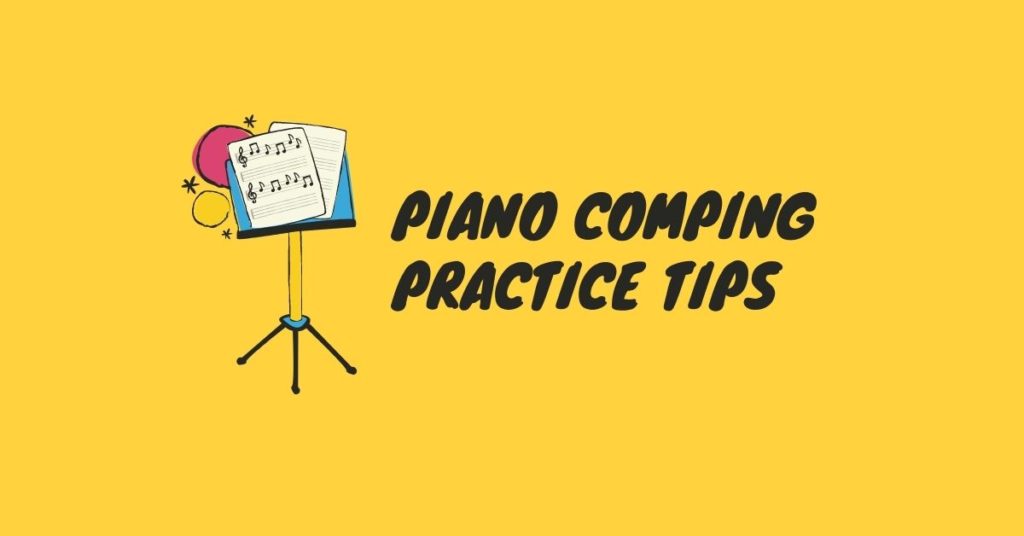Jazz Arranging Techniques 101 – “Sunny”
In this article we’re going to challenge your understanding of jazz arranging techniques. We’ll start off with a really common chord progression and then tweak it step-by-step, sprinkling in some of the common jazz arranging tricks of the pros. The chord progression is fairly simple – it’s from the Bobby Hebb tune “Sunny,” which has…





